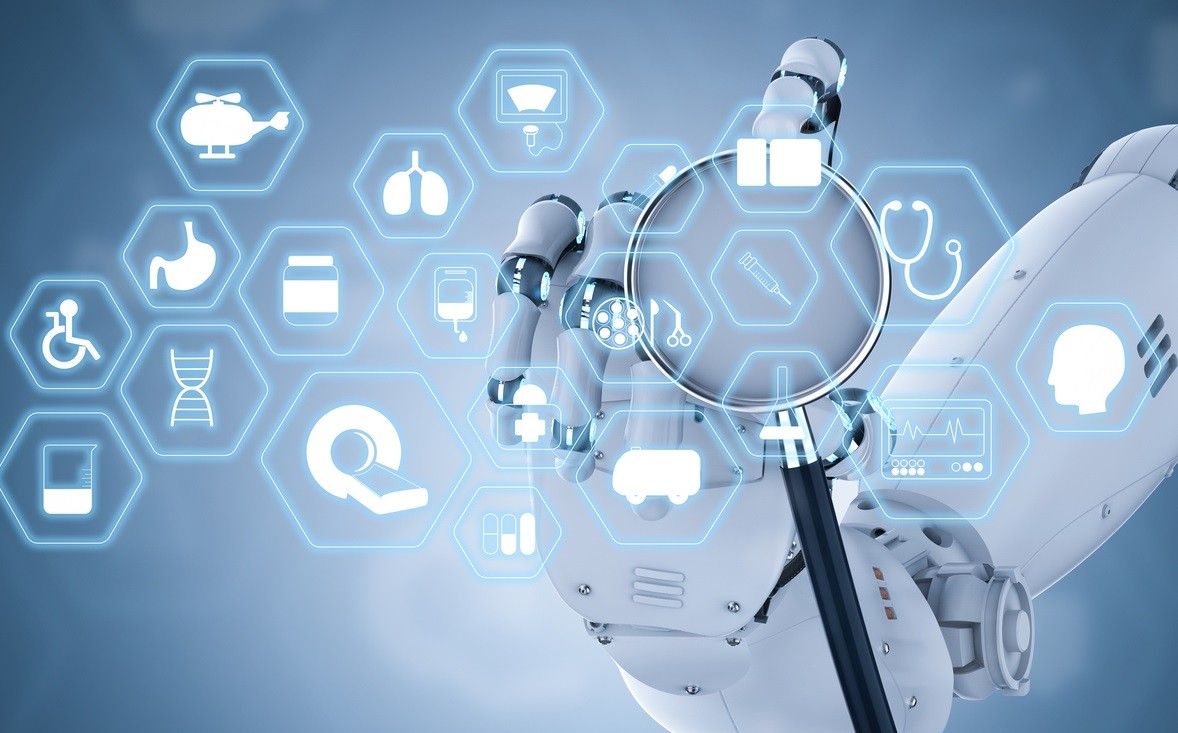Aug 18
2021
The Technological Innovations In Hospitals: Ways Technology Is Changing Healthcare Efficiency

Hospitals have always been a place of innovation. From the first medical breakthroughs to new technologies, hospitals are constantly changing and adapting to meet today’s needs. As a result, doctors need better tools, more efficient systems, and faster access to information to provide quality care for their patients. This blog post will explore some of the most innovative technological advances in hospitals that are making healthcare more efficient than ever before.
The Artificial Intelligence Intrusive Surgery Machines
Artificial Intelligence has been making its way into the operating room for some time now. These machines make surgeons work smarter, not more complex, and may eventually replace the current surgical team with a single AI-enabled device.
The use of AI in surgery will only grow as these devices become more sophisticated, and physicians across specialties like cardiothoracic surgery, vascular intervention, or even neurological procedures can use them in operations such as deep brain stimulation.
Artificial intelligence will also bring new efficiencies in hospital operations providing data insights that lead to cost savings from reduced wait times. This step will be through better planning capabilities, fewer bed shortages through enhanced inventory management, and lower overhead costs due to decreased staffing needs, among other benefits.
The efficiency increases will also extend to the patients themselves, who will spend more time with their loved ones because of shorter wait times, a better quality of life, and experience less pain due to AI-assisted surgery.
Hospitals are using artificial intelligence to automate various tasks, such as triaging incoming patient charts based on severity. In some cases, AI is even being used to decide what course of treatment will be best for the patient in question.
Augmented Reality for Practical Learning
One of the technological innovations in hospitals is augmented reality. This technology provides a view on additional content or information that enhances one’s perception and understanding of their environment through wearable devices like glasses.
Augmented reality works by overlaying graphical objects onto physical ones to create new representations which augment the user’s experience and allow them to interact with both worlds simultaneously.
There are currently some examples of using this interactive interface in medical education tools, such as an anatomy app.
For example, the app displays different layers corresponding with certain regions when scanning over a cadaver body using AR wearables; health care workers can also refer to these apps during training sessions involving surgical instruments.
With AR systems being potentially useful not only for staff training but also in patient education and treatment planning, the medical field will undoubtedly benefit from this new technology. So with the internet available near me I can learn this innovation.
Healthcare Workers Trackers, Sensors, and Wearables for Staff Well Being
One of the primary challenges to healthcare is keeping track of employees. As a result, healthcare workers may be at risk for occupational hazards such as exposure to infectious diseases, physical injury, and more in cases of lacking monitoring.
Technologies that monitor staff members can provide real-time information about where people are so you know when it’s time for a lunch break or alert the team if anyone gets injured during their work shift.
Hospital Staff Engagement: The future of nurses in hospitals will depend on how engaged they feel concerning their professional role and personal well-being.
Healthcare Workers Trackers, Sensors, and Wearables: These technologies help ensure compliance with best practices through automated reporting from devices worn by hospital personnel.
Nurse Staffing: Nurses are the backbone of hospitals. They provide a range of care services and need empowerment for success in this demanding profession.
Nanotechnology for Specific Drug Delivery Into the Body
Nanotechnology is the study of manipulating matter on an atomic and molecular scale. Based on scientific understanding, you can’t see things smaller than 100 nanometers, so anything below this size needs to be studied with a microscope or other instrument.
The use of nanotechnology in hospitals shows it helps doctors more accurately diagnose patients as well as administer treatments for diseases like cancer.
Microscopic robots could one day replace surgeons by going inside a patient’s body and repairing organs without ever being seen. They would have tiny arms and tools that allow them to remove cancerous cells from tissue samples or patching damage caused by heart disease.
Revolutionary Drug Development
The advances in the drug development process have changed. They are more efficient and faster than ever before. Other developments that have contributed to this change include better computer models of how molecules interact with cells, microfluidic chips for generating artificial body parts on a lab-on-a-chip device, and improved experimental techniques.
In conclusion, technological innovations in hospitals have had huge impacts on health care efficiency. The developments of new technologies are all helping the tech industry to create a more efficient hospital experience.